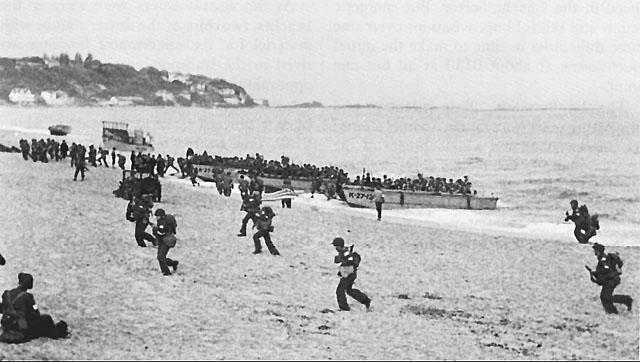 WW2 History of Europe
ww2 history
WW2 History of Europe
ww2 history
USA troops landings near Surcouf
Listing Details
- Torch November 8-16
Description
Team of 5,688 officers and enlisted men, reinforced by 312 (198 British, 114 American) from the 1st Commando, all under the command of Col. Benjamin F. Caffey, Jr. They were transported by the American combat loaders Samuel Chase (the command ship), Leedstown, Almaack, and Exceller, under escort by three British warships. The senior naval officer, landings was Capt. Campbell D. Edgar (USN). Beach parties and signal sections were American, augmented by British Army beach signal units. More than an hour before midnight, the small convoy established communications with the beacon submarine and hove to some eight miles offshore.
The transports had started on this journey from New York Port of Embarkation on 25 September only a short time after most of them had been commissioned. The unfortunate Thomas Stone was the best prepared for night amphibious operations. The convoy began its actual assault operations, therefore, under the handicap of inexperience and insufficient training, and under the additional difficulty of last-minute adjustments arising from the loss of the Thomas Stone.
In a moderate swell and under a clear sky, with lights ashore undimmed and the piloting party waiting to guide the landing craft formations to the beaches, the disembarkation into the boats began. The difficulties which delayed other combat teams, whether in the Western, Center, or Eastern Task Forces, in getting assault waves in place to start their runs to shore were also experienced

